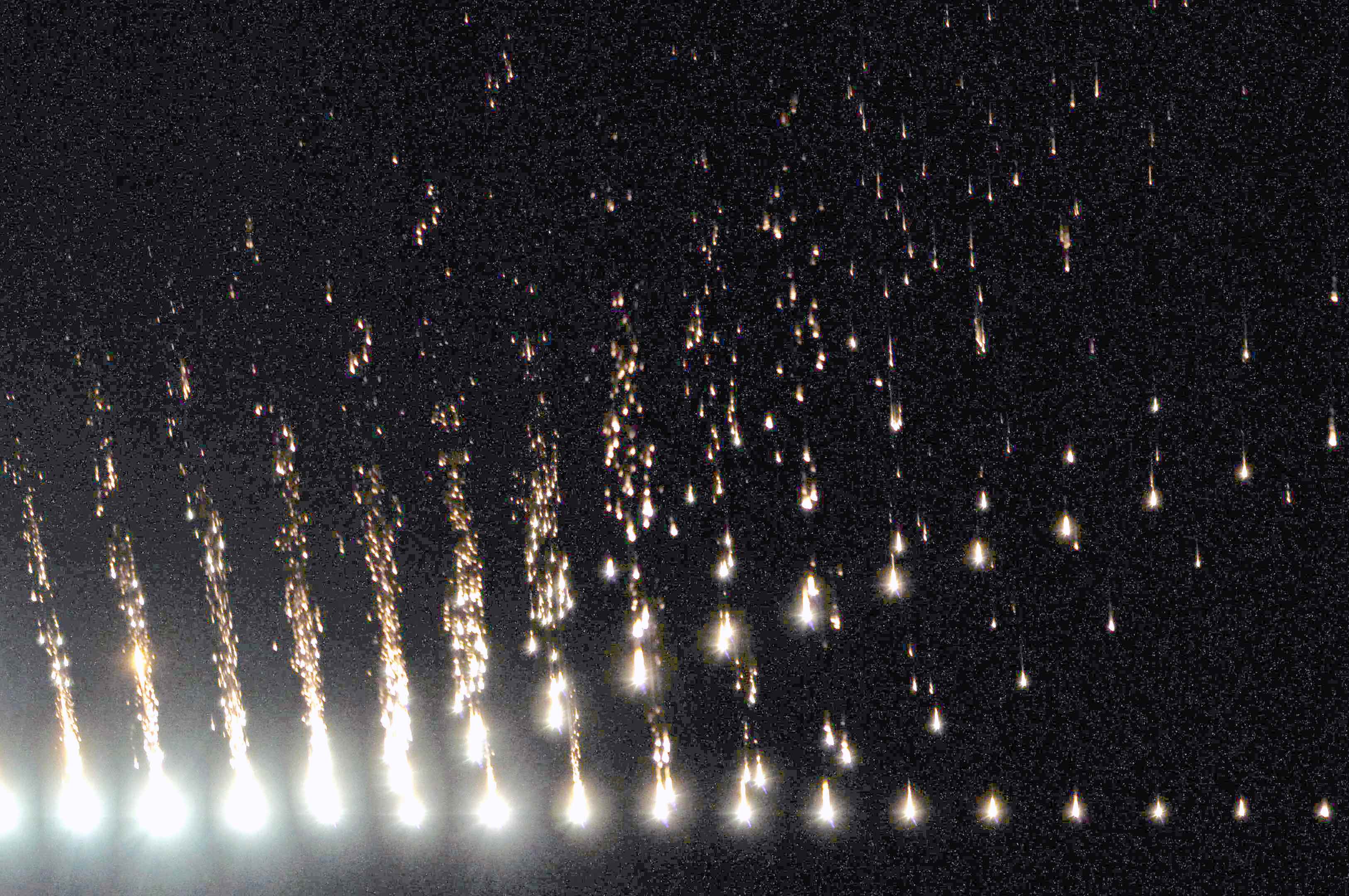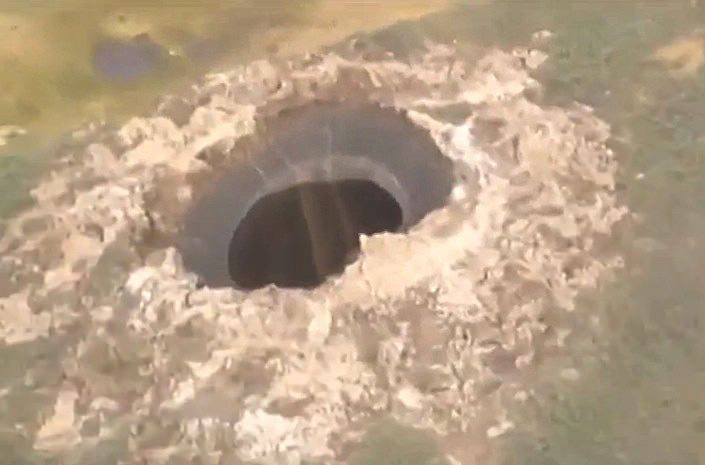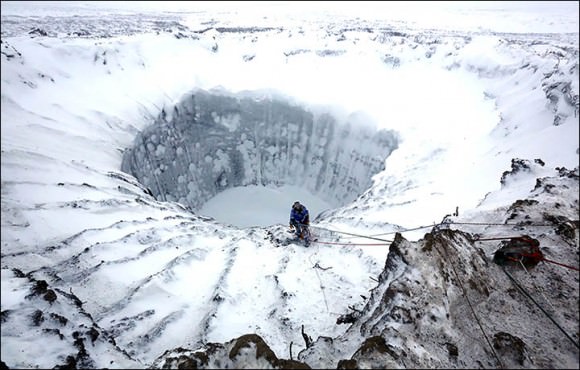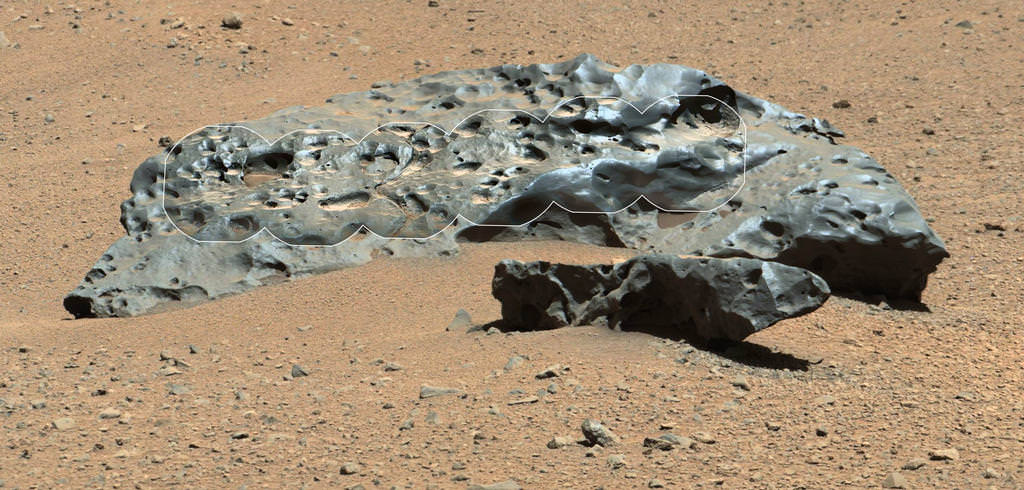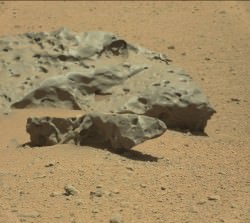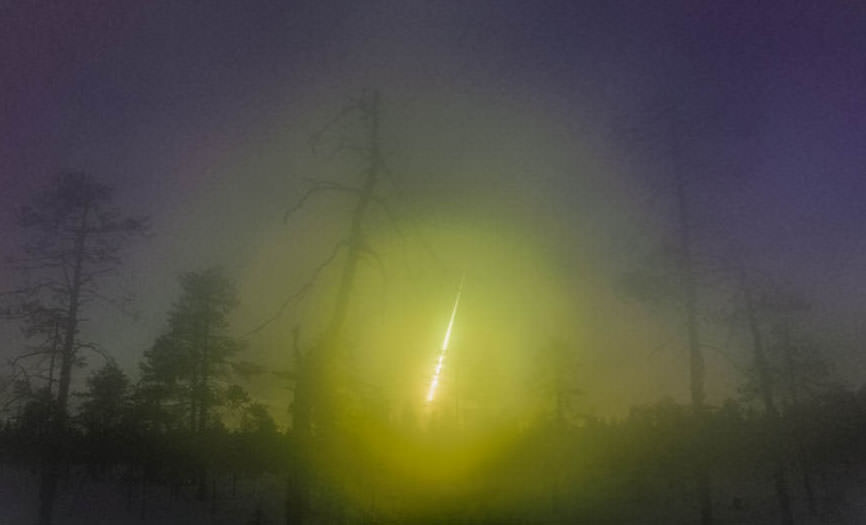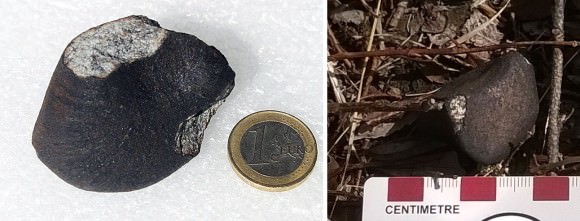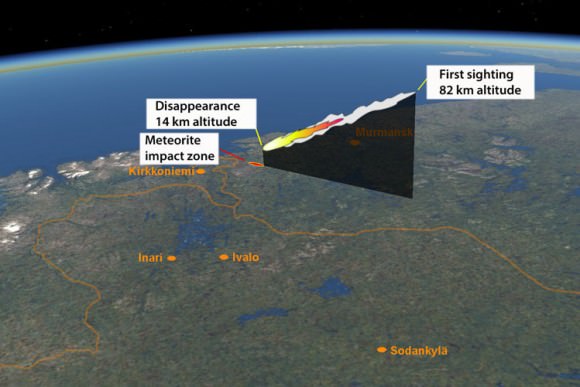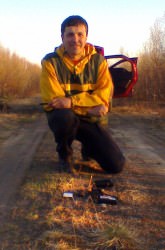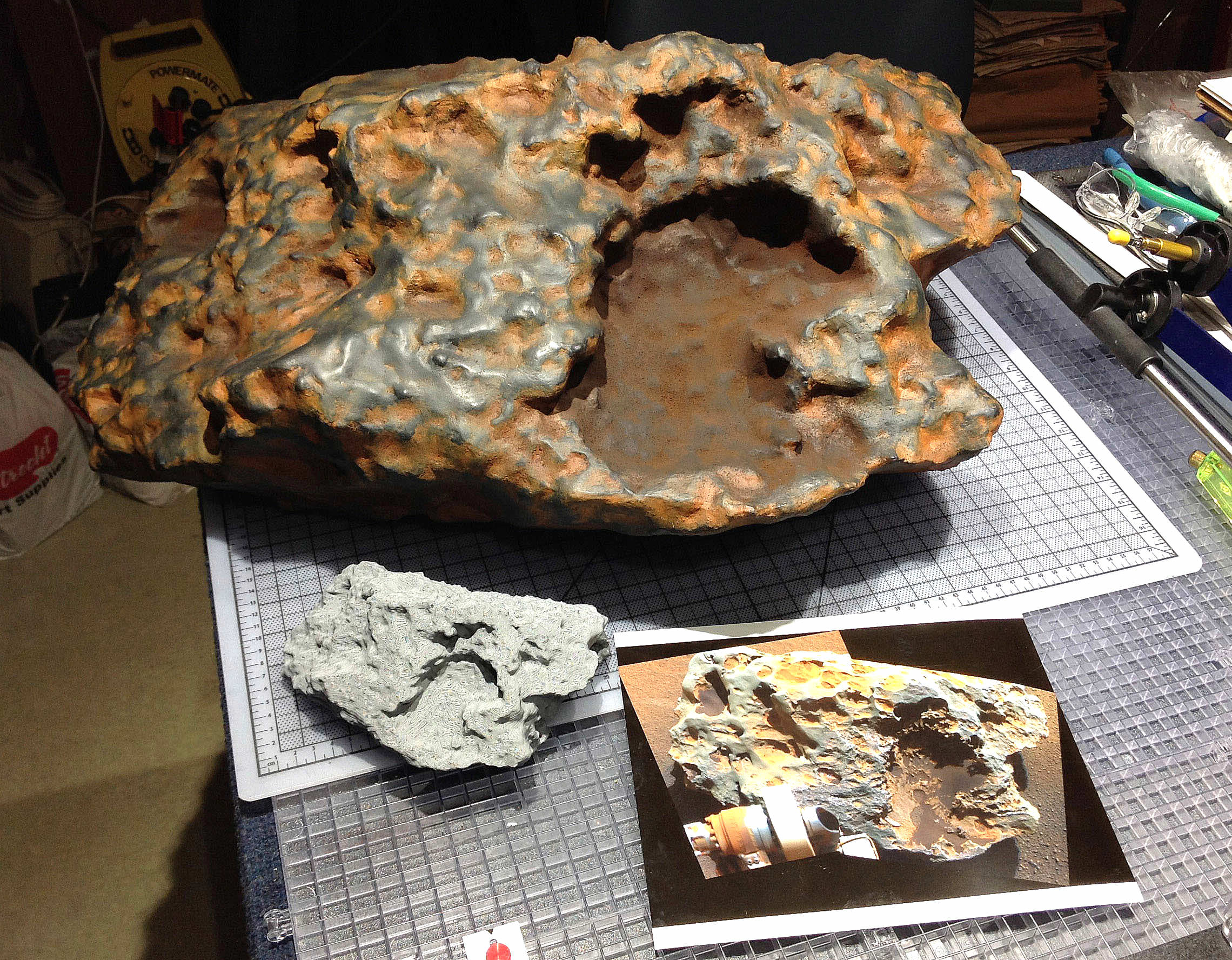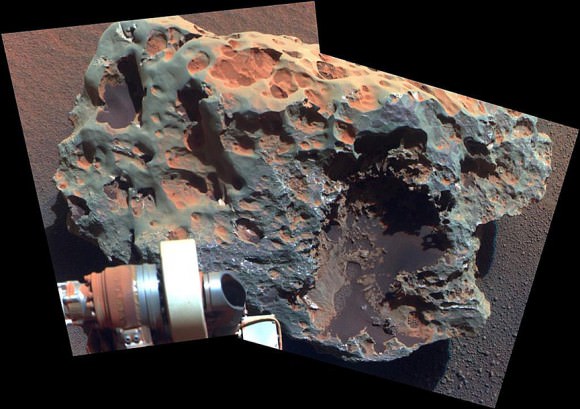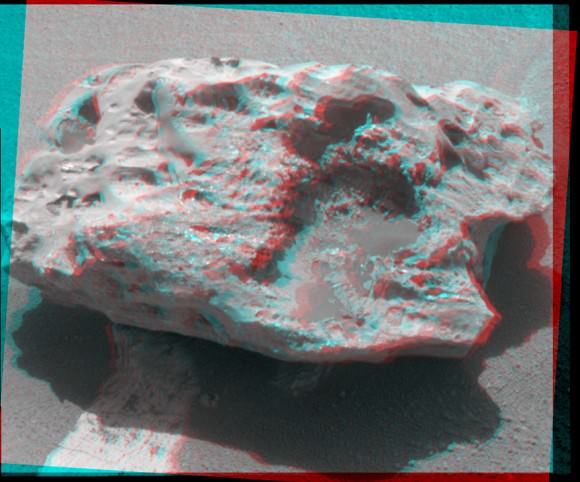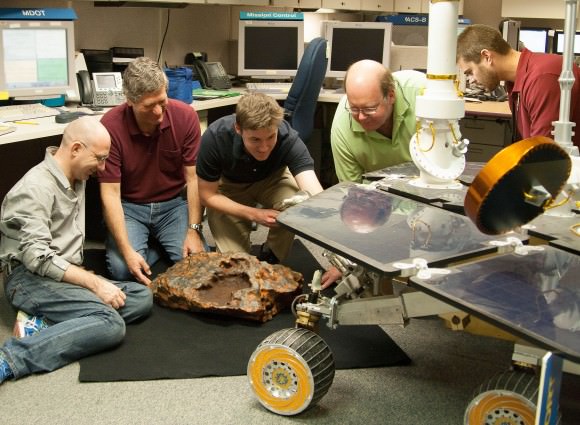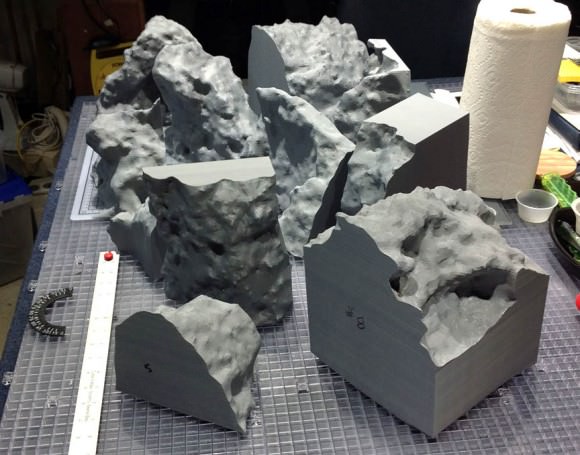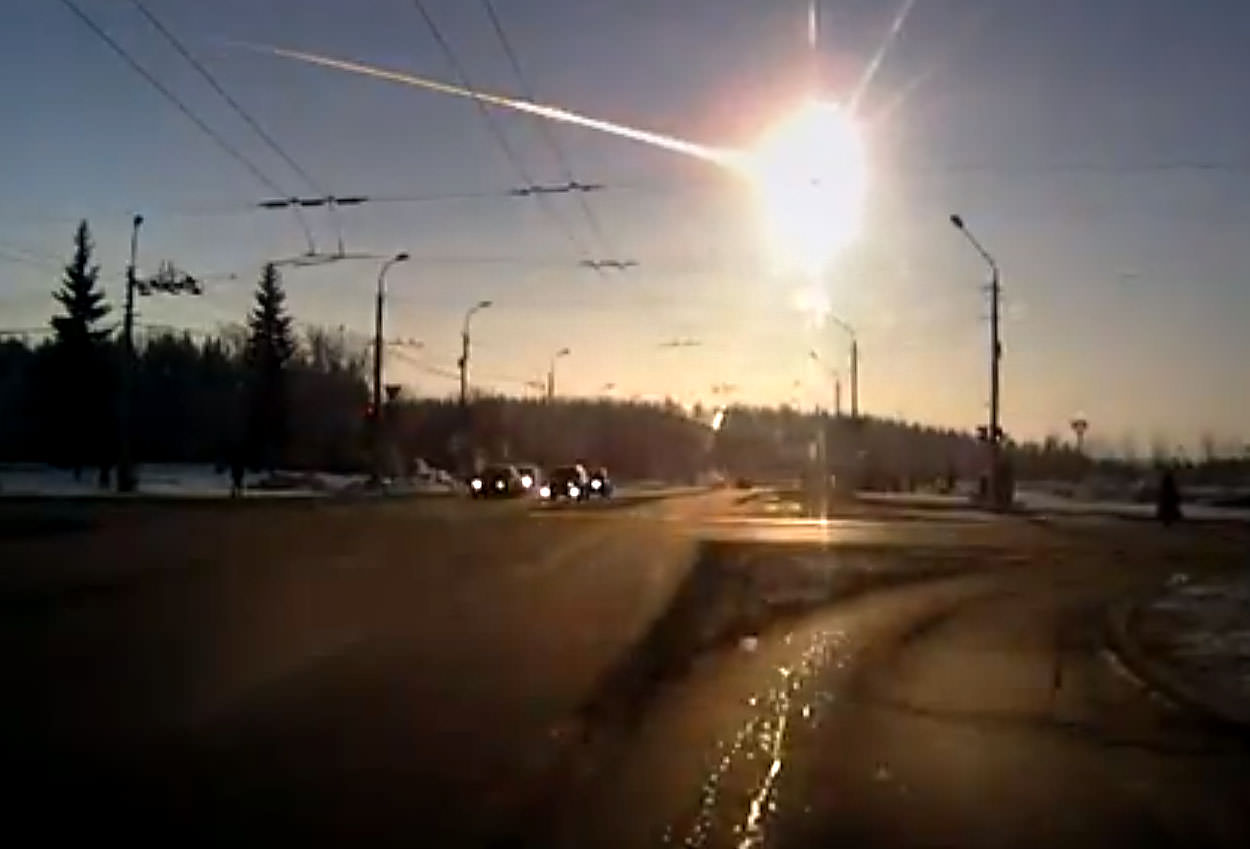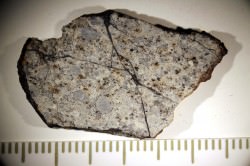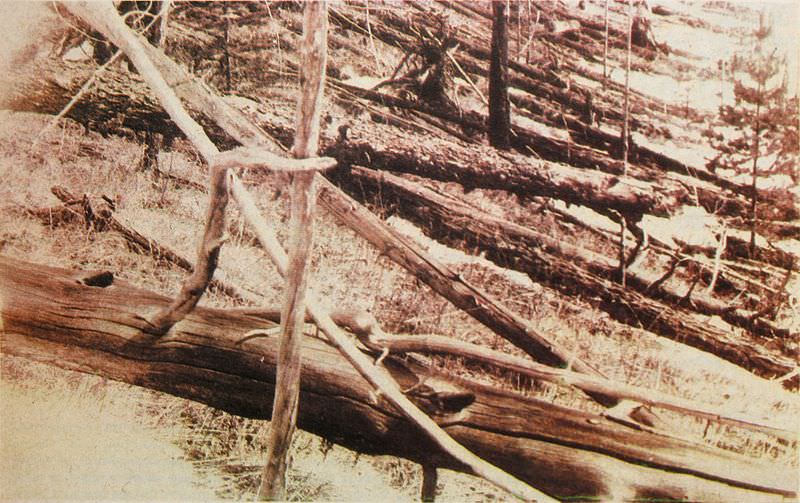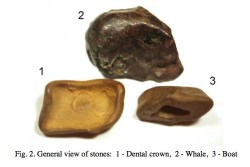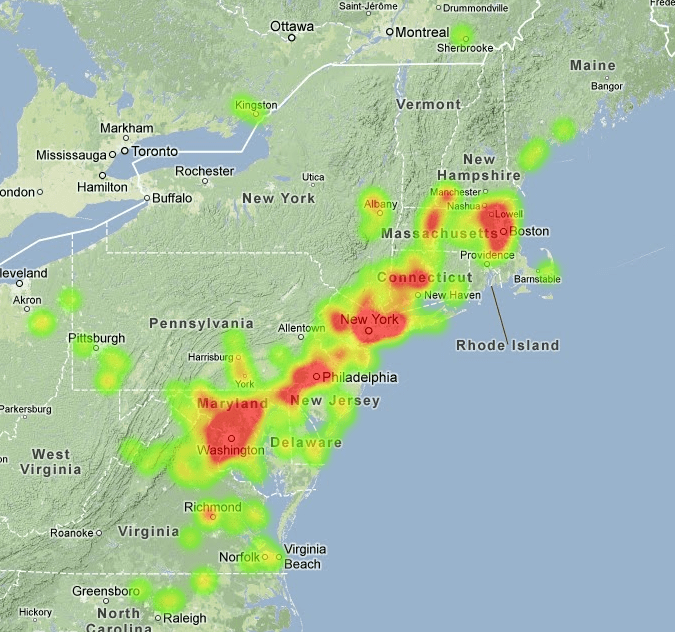What’s the chance of that thump you just heard in your house was a meteorite hitting your roof? That was the case for one family in Novato, California during a fireball event that took place in the north bay area near San Francisco on October 17, 2012.
Researchers have now released new results from analysis of the meteor that fell to Earth, revealing that the “Novato meteorite” was part of numerous collisions over a span of 4 billion years.
There is nothing ordinary about a meteorite whether it just spent 4.4 billion years all alone or spent such time in a game of cosmic pinball, interacting with other small or large bodies of our Solar System. On any given night one can watch at least a couple of meteors overhead burning up, lighting up the sky but never reaching the Earth below. However, in less than two years, Dr. Peter Jenniskens, SETI Institute’s renowned meteor expert was effectively host to two meteorites within a couple hours drive from his office in Mountain View, California.
The first was the Sutter Mill meteorite, a fantastic carbonaceous chondrite full of organic compounds. The second was the Novato meteorite, identified as a L6 chondrite fragmental breccia. which is the focus of new analysis, to be released in a paper in the August issue of Meteoritics and Planetary Science. Early on, it was clear that this meteorite had been a part of a larger asteroidal parent body that had undergone impact shocks.
Analysis of the meteorite was spearheaded by Jenniskens who initially determined the trajectory and orbit of the meteoroid from the Cameras for Allsky Meteor Surveillance (CAMS) which he helped establish in the greater San Francisco bay area. Jenniskens immediately released information about the fireball to local news agencies to ask for the public’s help with the hopes of finding pieces of the meteorite. One resident recalled hearing something hit her roof, and with the help of neighbors, they investigated and soon found the first fragment in their backyard.
Finding fragments was the first step, and over a two year period, the analysis of the Novato meteorite was spread across several laboratories around the world with specific specialties.
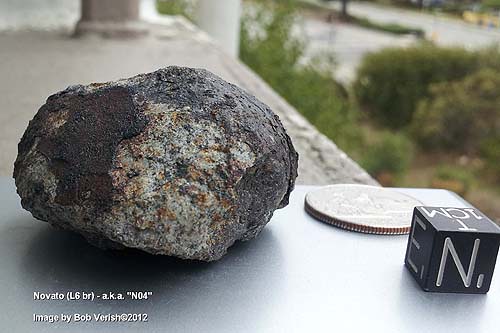
Dr. Jenniskens, along with 50 co-authors, have concluded that the Novato meteorite had been involved in more impacts than previously thought. Dr. Qingzhu Yin, professor in the Department of Earth and Planetary Sciences at the University of California, Davis stated, “We determined that the meteorite likely got its black appearance from massive impact shocks causing a collisional resetting event 4.472 billion years ago, roughly 64-126 million years after the formation of the solar system.”
The predominant theory of the Moon’s formation involves an impact of the Earth by a Mars-sized body. The event resulted in the formation of the Moon but also the dispersal of many fragments throughout the inner Solar System. Dr. Qingzhu Yin continued, “We now suspect that the moon-forming impact may have scattered debris all over the inner solar system and hit the parent body of the Novato meteorite.”
Additionally, the researcher discovered that the parent body of the Novato meteorite experienced a massive impact event approximately 470 million years ago. This event dispersed many asteroidal fragments throughout the Asteroid Belt including a fragment from which resulted the Novato meteorite.
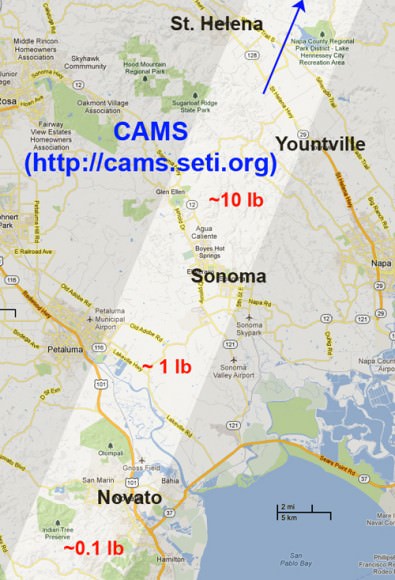
The trajectory analysis completed earlier by Dr. Jenniskens pointed the Novato meteorite back to the Gefion asteroid family. Dr. Kees Welten, cosmochemist at UC Berkeley, was able to further pinpoint the time, drawing the conclusion, “Novato broke from one of the Gefion family asteroids nine million years ago.” His colleague at Berkeley, cosmochemist Dr. Kunihiko Nishiizumialso added, “but may have been buried in a larger object until about one million years ago.”
There was more that could be revealed about history of the Novato meteorite. Dr. Derek Sears a meteoriticist working for the Bay Area Environmental Research Institute in Sonoma, California and stationed at NASA Ames Reserach Center applied his expertise in thermoluminescence. Dr. Sears was involved in the analysis of Lunar regolith returned by the Apollo astronauts using this analysis method.
“We can tell the rock was heated, but the cause of the heating is unclear,” said Dr. Sears, “It seems that Novato was hit again.” As stated in the NASA press release, “Scientists at Ames measured the meteorites’ thermoluminescence – the light re-emitted when heating of the material and releasing the stored energy of past electromagnetic and ionizing radiation exposure – to determine that Novato may have had another collision less than 100,000 years ago.”
From this apparent final collision one hundred thousand years ago, the Novato meteoroid completed over 10,000 orbits of the Sun and with its final Solar orbit, intercepted the Earth, entering our atmosphere and mostly burning up over California. The meteoroid is estimated to have measured 14 inches across (35 cm) and have weighed 176 pounds (80 kg). What reached the ground likely amounted to less than 5 lbs. (~ 2 kg). Only six fragments were recovered and many more remain buried or hidden in Sonoma and Napa counties.
Besides the analysis that revealed the series of likely impact events in the meteoroids history, a team led by Dr. Dan Glavin from NASA Goddard Space Flight Center undertook analysis in search of amino acids, the building blocks of life. They detected non-protein amino acids in the meteorite that are very rare on Earth. Dr. Jenniskens emphasized that the quick recovery of the fragments by scores of individuals that searched provided pristine samples for analysis.

Robert P. Moreno, Jr. in Santa Rosa, CA photographed the fireball in greatest detail with a high resolution camera. Several other photos were brought forward from other vantage points. Dr. Jenniskens stated, “These photographs show that this meteorite – now one of the best studied meteorites of its kind – broke in spurts, each time creating a flash of light as it entered Earth’s atmosphere.”

Numerous individuals and groups undertook the search for the Novato meteorite. Dr. Jenniskens trajectory analysis included a likely impact zone or strewn field. People from all walks of life roamed the streets, open fields and hillsides of the north bay in search of fragments. Despite organized searches by Dr. Jenniskens, it was the footwork from other individuals that led to finding six fragments and was the first step which led to these studies that add to the understanding of the early Solar System’s development.
For Dr. Jenniskens, Novato was part of a trifecta – the April 22, 2012, Sutter Mill meteorite in the nearby foothills of the Sierras, the Novato meteorite and the massive Chelyabinsk airburst event in Russia on February 15, 2013. Throughout this period, Dr. Jenniskens all-sky camera network continued to expand and record “falling stars” – meteors. The number of meteors recorded with calculated trajectories is now over 175,000. The SETI Institute researcher has been supported by NASA and personnel at the institute and ordinary citizens including amateur astronomers that have refined the methods for meteor orbital determination and estimating their size and mass. Several websites have compiled images and results for the Novato meteorite with Dr. Jenniskens’ – CAMS.SETI.ORG being most prominent.

